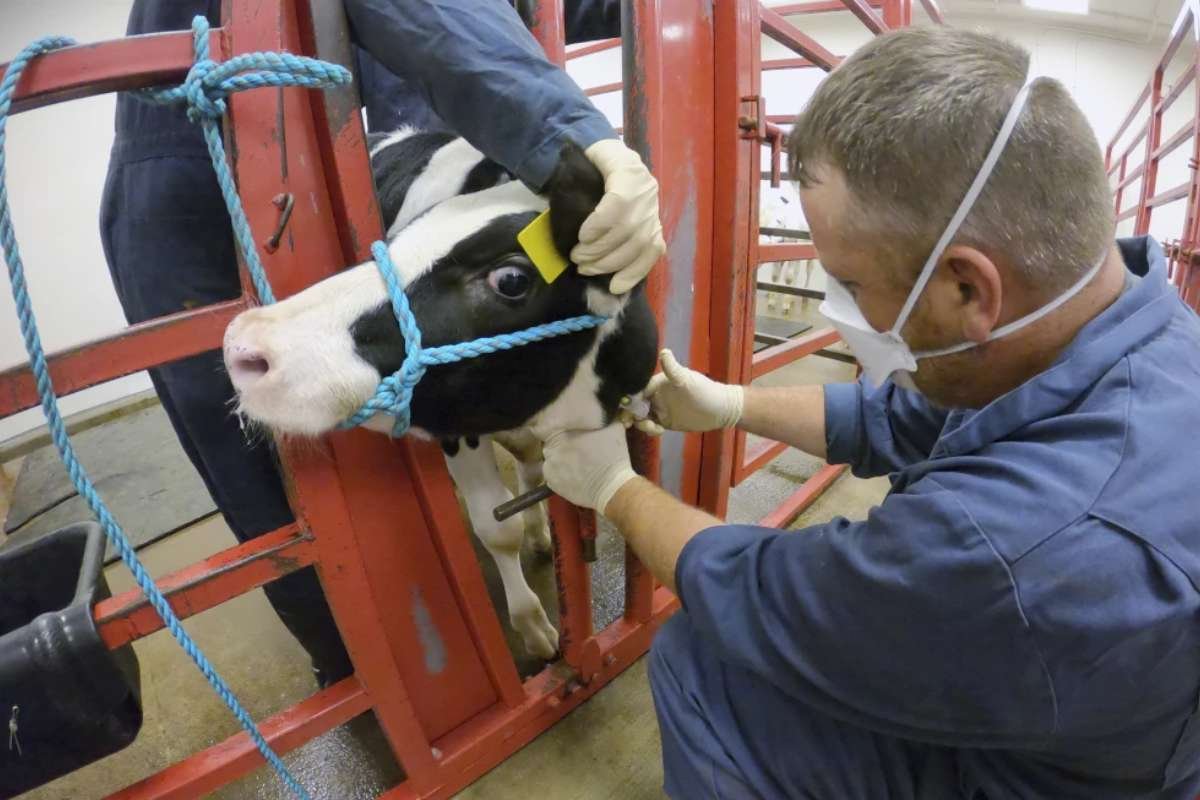(Source-Washington-Post)
In Puerto Rico, a 9-year-old girl named Genesis Polanco Marte arrived at the emergency room with dengue fever, aches, and dehydration. Despite common symptoms of childhood illnesses, her condition suggested something more severe. Genesis, pale and listless under her Pokémon blanket, exhibited no respiratory issues. A sharp-eyed doctor suspected dengue, a rapidly spreading disease often overlooked.
The Global Surge of Dengue
Genesis is one of a record 10 million people affected by dengue this year, a surge scientists attribute partly to climate change. Rising global temperatures have accelerated the life cycles and expanded the habitats of mosquitoes carrying the dengue fever virus. In the past six months, dengue fever has impacted approximately 1 in every 800 people globally. Hospitals are overwhelmed, reminiscent of the worst days of the COVID-19 pandemic. Puerto Rico declared a public health emergency in spring 2024, with more dengue cases reported in the first five months of the year than in all of 2023. Public health officials anticipate the virus spreading to more temperate regions, including parts of the United States.
Grayson Brown, executive director of the Puerto Rico Vector Control Unit, warned California officials of the impending threat, emphasizing that while it’s currently prevalent in Puerto Rico, other regions will soon feel its impact. The Centers for Disease Control and Prevention (CDC) recently alerted U.S. clinicians to be vigilant for dengue in feverish patients who have traveled to dengue-prone areas.
Neglected but Dangerous
Despite the alarming rise in cases, dengue fever remains one of the world’s most neglected tropical diseases, according to the World Health Organization (WHO). Three out of four cases are mild or asymptomatic, making the disease hard to track. With four serotypes of the virus, natural immunity from one infection doesn’t protect against future infections with other types. Sequential infections can actually increase the risk of severe complications.
There is no cure for dengue. Severe cases can lead to plasma leakage, internal bleeding, organ failure, and death. Vaccination options are limited and not widely known. The only vaccine available in the U.S. is for children aged 9 to 16 who have previously been infected, targeting those most vulnerable to hospitalization. However, this vaccine won’t be available after 2026.
Puerto Rico: A Warning for the U.S.
Puerto Rico’s current dengue crisis serves as a warning for the mainland United States. The territory’s outbreak demonstrates how quickly the disease can spread in areas with fragile infrastructure, underfunded health systems, and rising temperatures. Without significant efforts to control the virus and combat climate change, research suggests up to 2 billion more people could be at risk for dengue fever in the next 50 years.
The dengue fever outbreak cycle in Puerto Rico, typically every five to seven years, was disrupted by the Zika virus in 2016 and COVID-19 isolation measures. The return of global travel, especially Caribbean cruises, reintroduced dengue strains to Puerto Rico, leading to the rapid spread of the virus. By mid-June 2024, over 1,500 cases had been reported, with at least two deaths.
Sweltering and stormy weather favors the Aedes aegypti mosquito, the primary dengue vector in the Americas. This mosquito lays eggs in standing water, thriving in urban environments without proper screens or air conditioning. Climate change has exacerbated the situation, with greenhouse gas emissions raising average temperatures in Puerto Rico by about 2 degrees Fahrenheit since 1950. Warmer conditions accelerate mosquito growth, increase their biting frequency, and enhance virus transmission.
Expanding Dengue Fever Reach
Aedes aegypti mosquitoes can transmit dengue at temperatures between 64 and 94.1 degrees Fahrenheit, conditions common year-round in Puerto Rico. Rising temperatures are also a concern in the U.S., where states like Florida have already reported local dengue transmission. Globally, the lengthening warm season is turning dengue into a year-round threat in tropical regions and enabling its spread to temperate and high-altitude areas previously unaffected.
Researchers are developing techniques to link dengue fever cases to climate disasters and predict future outbreaks. For instance, Cyclone Yaku in Peru’s northern coast in March 2023 caused 33,000 dengue cases and nearly 400 deaths. To mitigate dengue’s spread, it is crucial to address both the immediate need for virus control and the long-term challenge of climate change.










